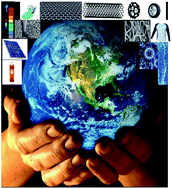The new joint web themed Issue of Analyst and Analytical Methods on Molecular Analysis for Art, Archaeometry and Conservation has now been published online!
Take a look at this great collection of papers illustrating the most innovative research aimed at preserving our rich cultural heritage.
The themed issue highlights a great number of analytical techniques employed to study art and cultural objects at a molecular level, characterising their structure, properties and chemistry.
If you are interested in the study and preservation of art of the past and the present, discover the latest analytical breakthroughs described in our Web Collection.
“A deep connection to our past and shared cultural heritage must be preserved to foster a balanced society where all humanity can thrive”, from the Editorial of Francesca Casadio and Richard P. Van Duyne, Guest Editors of the Issue.
In addition, below are some articles of the issue that you might be interested to read. These papers will be free to read for the next 4 weeks. Enjoy!
Looking beneath Dalí’s paint: non-destructive canvas analysis
Marta Oriola, Alenka Možir, Paul Garside, Gema Campo, Anna Nualart-Torroja, Irene Civil, Marianne Odlyha, May Cassar and Matija Strlič
Anal. Methods, 2013, Advance Article
DOI: 10.1039/C3AY41094C
Alteration of Asian lacquer: in-depth insight using a physico-chemical multiscale approach
Anne-Solenn Le Hô, Chloé Duhamel, Céline Daher, Ludovic Bellot-Gurlet, Céline Paris, Martine Regert, Michel Sablier, Guilhem André, Jean-Paul Desroches and Paul Dumas
Analyst, 2013, 138, 5685-5696
DOI: 10.1039/C3AN00608E
Analysis of cadmium based pigments with time-resolved photo-luminescence
Anna Cesaratto, Cosimo D’Andrea, Austin Nevin, Gianluca Valentini, Francesco Tassone, Roberto Alberti, Tommaso Frizzi and Daniela Comelli
Anal. Methods, 2013, Accepted Manuscript
DOI: 10.1039/C3AY41585F
Quantifying degradation of collagen in ancient manuscripts: the case of the Dead Sea Temple
Scroll R. Schütz, L. Bertinetti, I. Rabin, P. Fratzl and A. Masic
Analyst, 2013,138, 5594-5599
DOI: 10.1039/C3AN00609C
Please click here to access the full web collection.


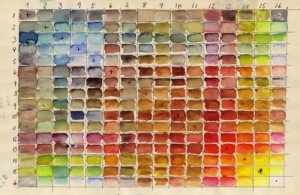
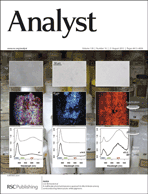
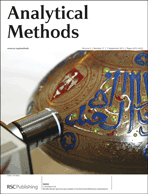










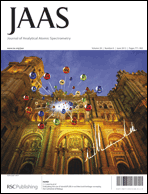 Frank Vanhaecke
Frank Vanhaecke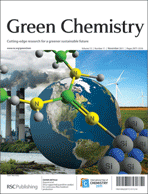
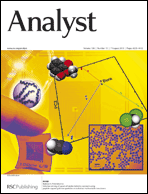 Reversible polymerization of novel monomers bearing furan and plant oil moieties: a double click exploitation of renewable resources
Reversible polymerization of novel monomers bearing furan and plant oil moieties: a double click exploitation of renewable resources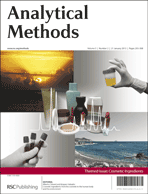
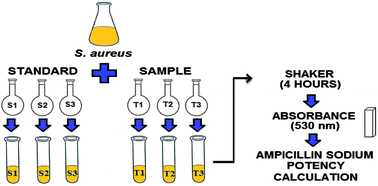
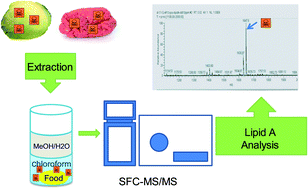
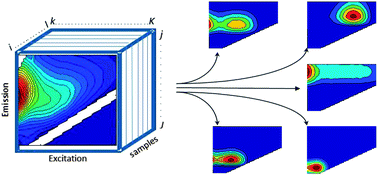
 We are pleased to announce that the Metallomics Poster Prize from the recent
We are pleased to announce that the Metallomics Poster Prize from the recent 
